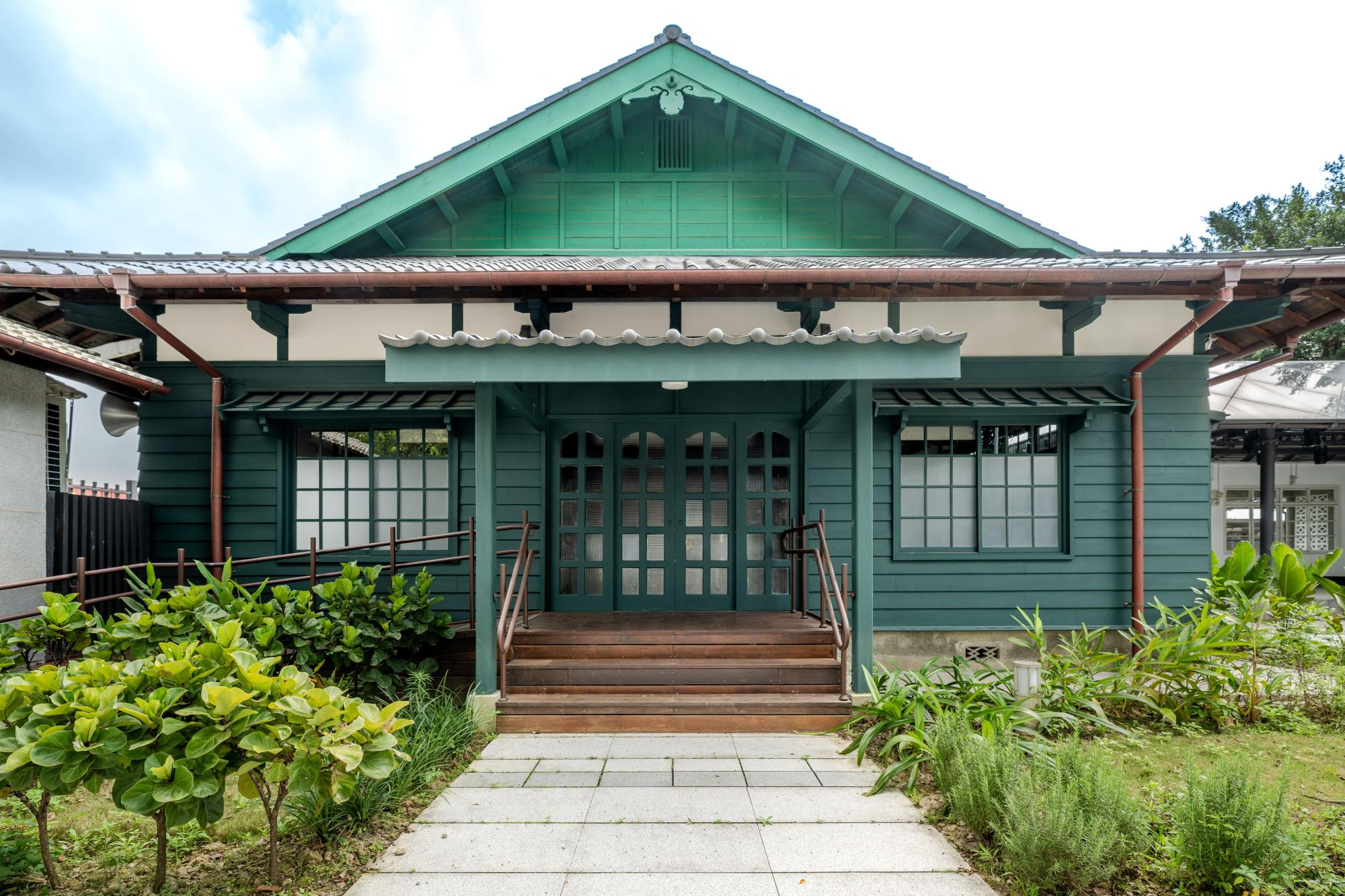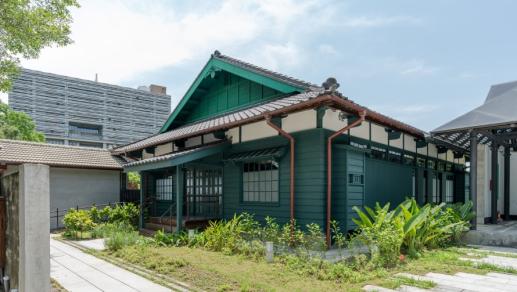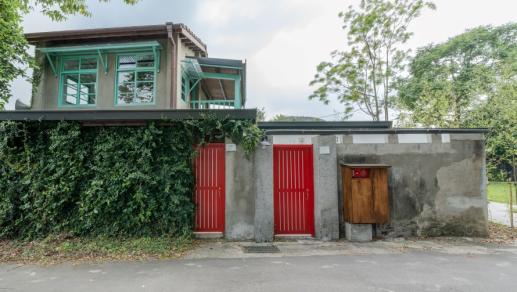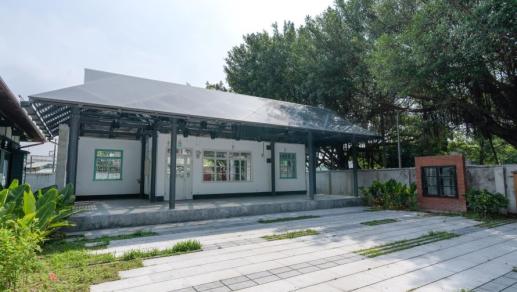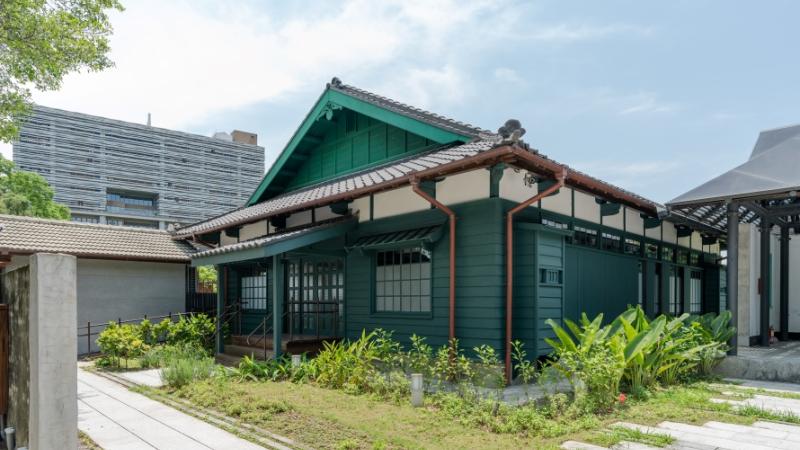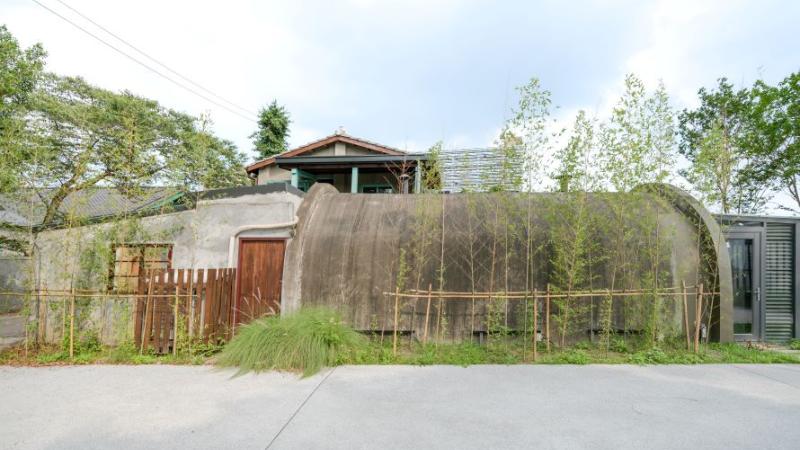The predecessor of Home Village was the Combined Service Forces Communication Repair Factory. In 1956, the factory buildings were repurposed and renovated into residential accommodations for dependents of military personnel, officially becoming a military dependents’ village. Two structures, previously the residences of senior officials, still stand today, characterized by their square layouts and spacious independent courtyards. Other preserved features include a guest house area dating back to the period of Japanese Rule and air-raid shelters constructed after the National Army arrived in Taiwan. Over the years, the use of the spaces has evolved, transitioning from a leisure site to a military facility to a residential area. Today, Home Village serves as a cultural venue dedicated to preserving the legacy of military dependents’ villages. Envisioned as both an "environmental theater" and a "family-friendly park", Home Village now functions as a space for families, a preservation site for military dependents’ villages, and a venue for artistic experimentation and displays.
Integrating the cultural facilities and resources of Gongguan, Tingzhou Road, the Tri-Service General Hospital, Taipei Water Park, and the Treasure Hill settlement, the positioning of the space celebrates its origins as a military dependents’ village while giving new meaning to historical spaces. Through field investigations, reality-based games, art experiments, and DIY courses, the space invites the public to explore and learn under the green trees and red-brick building structures, carrying on the military dependents’ villages’ spirit of adaptation and putting intergenerational inclusivity into practice.
